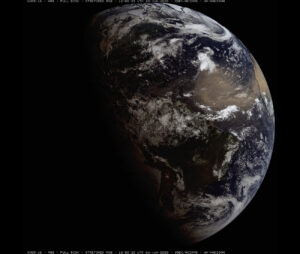
Yes. The summer solstice — in Latin, “sol,” or “sun,” and “stice,” or “come to a stop” — is the day of the year with the most daylight.
The first day of the astronomical Northern Hemisphere summer is the day of the year when the sun is farthest north. In 2020, this occurred at 4:44 p.m. Saturday.
As Earth orbits the sun, its axis of rotation is tilted at an angle of 23.5 degrees from its orbital plane. Because Earth’s axis of spin always points in the same direction — toward the North Star — the orientation of Earth’s axis to the sun is always changing as Earth orbits around the sun. As this orientation changes throughout the year, so does the distribution of sunlight on Earth’s surface at any given latitude.
We define sunset as the time the sun sinks below the horizon. The sun rises and sets farthest north at our summer solstice. The farther the sun sets from due west along the horizon, the shallower the angle of the setting sun. That translates to a longer duration for sunset at the solstice.
While the summer solstice is the day of the year with the most daylight, the earliest sunrise and latest sunset do not occur on the summer solstice. The earliest sunrise occurred about a week ago and the latest sunset occurs later in June.
The time when the sun reaches its highest point in the sky is called solar noon. Solar noon rarely occurs exactly at clock noon; it’s sometimes before and sometimes after. According to our clocks, solar noon comes later on our June solstice than it does one week before. Therefore, according to our clocks, the sunrise and sunset times also come later.

